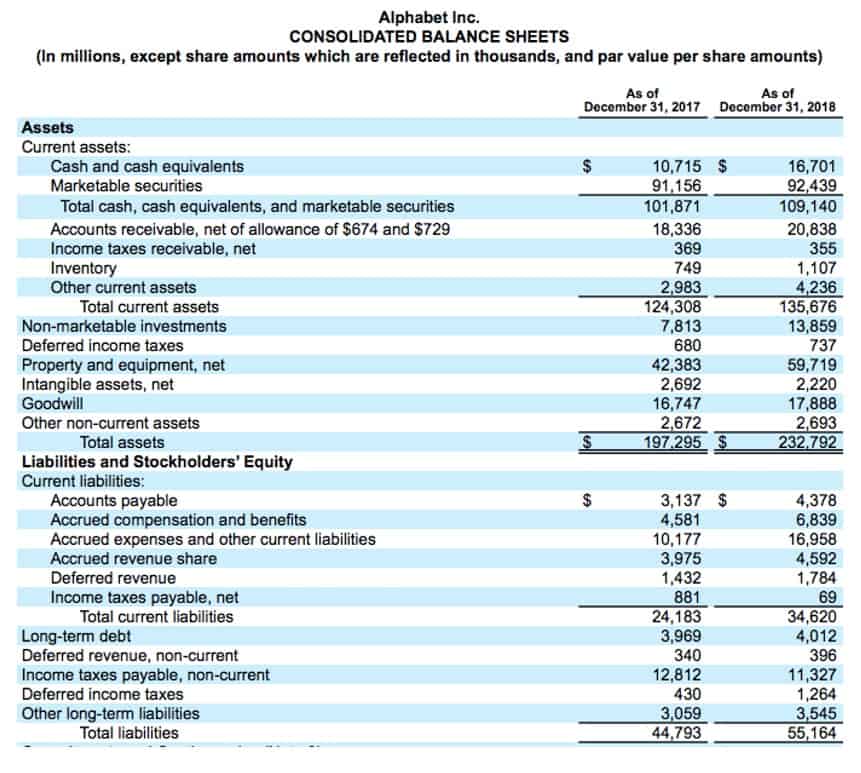
This is a method used by the management to measure and identify any issues within an entity’s account receivables. The next step is to calculate the probability of default for each of the above category, which is then multiplied by the sum of the accounts receivable from each category. This returns the amount of accounts receivable which are expected to become irrecoverable in each category. The sum of the estimated bad debts from each category is fixed as the ending balance of allowance for bad debts account. Bad debts expense is calculated as provided in percentage of receivables method of bad debts estimation. With accounting software, you’ll be able to generate accounts receivable aging reports.
- At the end of 2019, the balance in Accounts Receivable was $200,000, and an aging schedule of the accounts is presented below.
- Even if you are a cash basis taxpayer, if you extend credit to your customers, you should run your business’s financials on an accrual basis in order to get your company’s full financial picture.
- An aging report groups outstanding invoices based on the age of the invoices.
- You can then take action to get your outstanding payments addressed, such as sending a follow-up invoice or reaching out to a collection agency.
- You can find the AR aging percentage by dividing the total amount of receivables that are over 90 days past due by the total amount of receivables outstanding.
- This calculation can be helpful for determining how quickly your accounts are typically monetized.
As a small business owner, there’s nothing more disgruntling than not getting paid. Business owners use accounts receivable aging reports to determine which customers have invoices with outstanding balances. This collection tool makes it easy for businesses to identify late-paying customers and set invoice payment terms. In an aging schedule, accounts receivables are broken down into age categories, indicating the total outstanding receivables balance. The aging schedule shows the relationship between unpaid invoices and bills of a business with their due dates. The aging schedule is used to determine which clients are paying on time and may also estimate cash flow.
Accounts Receivable Age Grouping
The total of the amounts due in each date silo is shown at the bottom of each column. To demonstrate the application of the aging method, we will use the data from the Porter Company. Categories such as current, 31—60 days, 61—90 days, and over 90 days are often used. Access and download collection of free Templates to help power your productivity and performance. As per Generally accepted accounting principles (GAAPs) there are two types of for the same. However, many businesses do not have the option to generate an Accounts Receivable Aging Report automatically.

They might refuse to do additional work for the customer until the balance is paid in full, and they might refuse to extend credit to that customer in the future. Some business owners will even start mentioning the possibility of sending the amount to collections at this point. Maybe the invoice got lost in the mail or perhaps aging of receivables method formula the customer fell upon financial hardship and isn’t able to pay you as promised. Occasionally, a customer will withhold payment because they are dissatisfied with the product or service you sold to them. The method used to estimate the desired balance in the allowance account is called the aging of accounts receivable.
Estimation of bad debts
By uncovering potential credit risks, you can take preventative measures to protect yourself from more risky customers. Accounts receivable is an accrual basis accounting term, and the total of your accounts receivable will appear on your company’s balance sheet. Even if you are a cash basis taxpayer, if you extend credit to your customers, you should run your business’s financials on an accrual basis in order to get your company’s full financial picture. Your tax preparer can make the necessary adjustments at tax time to exclude any money you have not yet collected from your customers at year-end. An aging report is used to show current customer invoices and the number of days the invoices have been outstanding.

For example, let’s say Craig’s Design and Landscaping customer Paulsen Medical Supplies has a balance due of $12,350 in the column. It’s a long-time customer, so Craig looks back at Paulsen’s payment history over the past few years. Amounts in this column are now over a month past due, which means you might have been waiting two months or longer for payment, depending on your payment terms. This column shows balances that were due at some point in the past 30 days, but they have not yet been paid. It is determined by adding to $0 any additions to the allowance account during the year, then adding to that total any write-offs of Accounts Receivable during the year. And if there are no additions or write-offs, the balance in the account is zero.
